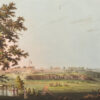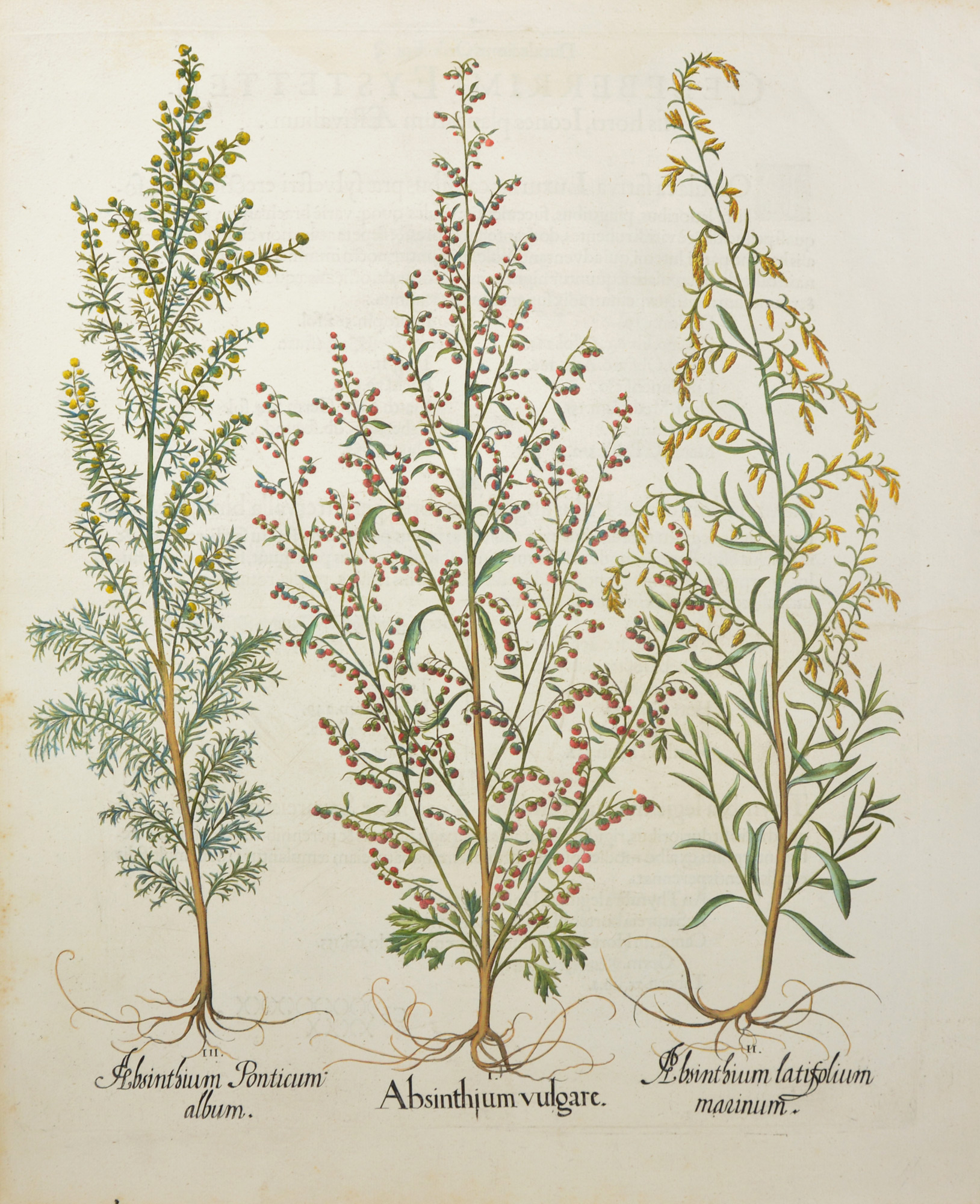79-68383. 79. Besler. I. Absinthium vulgare. II. Absinthium Latifolium marinum. III. Absinthium Ponticum album
UNSOLD
Basilius Besler. I. Absinthium vulgare. II. Absinthium Latifolium marinum. III. Absinthium Ponticum album. Nuremberg, 1713. Hand-coloured copper-engraving, from Hortus Eystettensis..
Copper-engraving, with fine hand colour.
Dimensions: 520 by 420mm. (20.50 by 16.50 inches).



